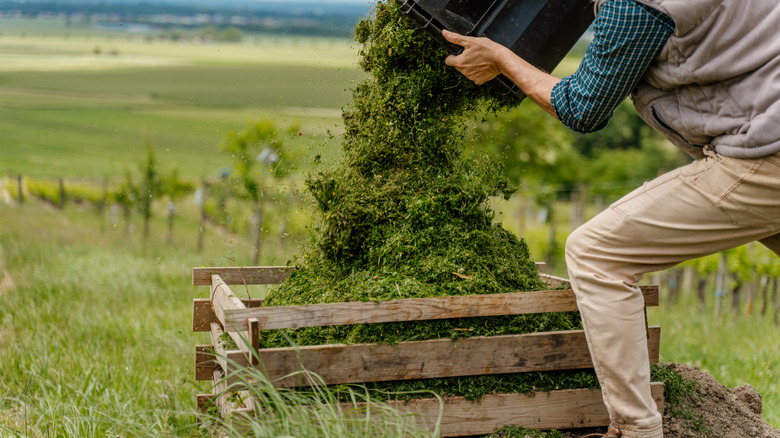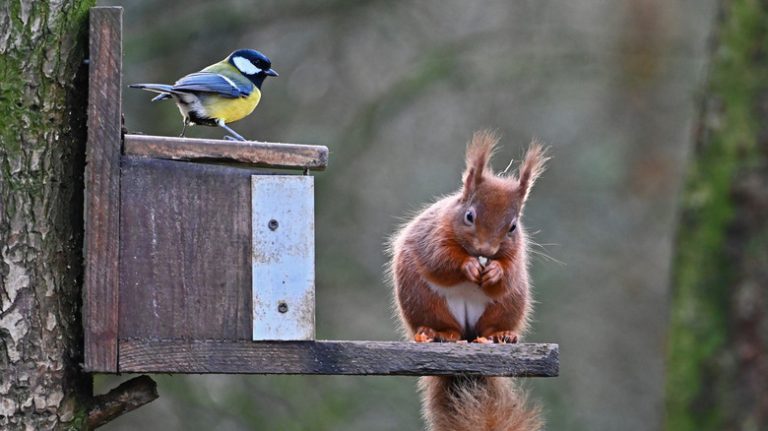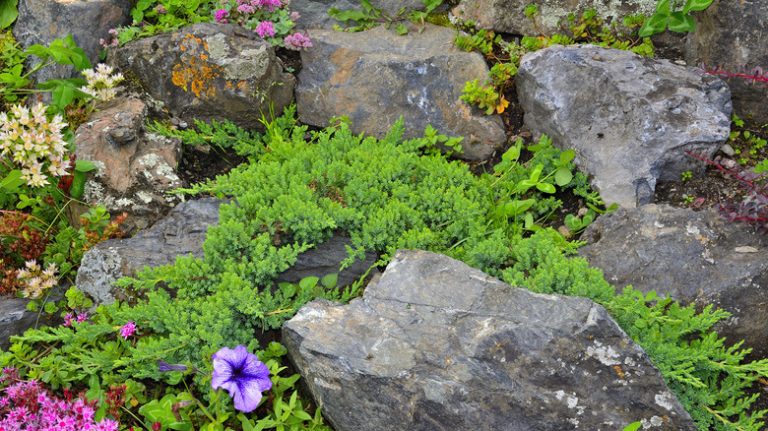A beautifully maintained yard with well-kept hedges can provide curb appeal and a sense of pride in your home. However, even low-maintenance hedges can experience an invasion of weeds, causing frustration and backbreaking weed-pulling. Weeds spoil the appearance of your well-manicured outdoor space and compete with your valued plants for essential nutrients and resources. While commercial herbicides can be a quick fix, they can have detrimental effects on our ecosystem and health. The good news is that there is a safe and easy alternative using something you probably have plenty of: grass clippings.
These leftover materials from mowing your lawn can serve as a natural fertilizer and effectively combat weed growth, preventing unsightly weeds from taking over and preserving the immaculate beauty of your hedges and bushes. A blanket of grass clippings underneath the base of your hedges acts as a barrier, preventing unwanted weeds from getting sunlight and providing other benefits.
Creating a protective mulch layer with grass clippings
If you regularly mow your lawn, you can easily collect grass clippings. To save time, use a lawnmower with a bag that collects clippings, but if you don’t have one, you can always rake up the clippings afterward. When you have enough clippings, clear the area around your hedges by removing any weeds or debris. This will create a clean surface for you to apply the clippings.
Next, place the lawn clippings on the ground to form a protective layer of mulch around the base of your hedges. Aim for a thickness of about an inch and a half. This natural barrier prevents sunlight from reaching weed seeds and helps retain soil moisture. Additionally, as the grass clippings decompose, they release valuable water and nutrients back into the soil, enriching it and providing an organic boost for the health of your hedges. However, it’s important to avoid placing the clippings too close to the main stems as this can cause issues such as fungal and bacterial disease.
Versatile mulching and composting options

Grass clippings are not only an eco-friendly method of mulching but also a cost-effective way to nourish your garden. However, you’ll want to make sure the clippings are from a pesticide-free and herbicide-free source to maintain your garden’s natural integrity. An alternative way to use lawn clippings is to compost them before applying them as mulch. Composting grass before using it as mulch offers an additional advantage, as it allows the clippings to break down partially, reducing the risk of weed seed germination while enriching the compost with valuable nutrients for your plants.
As an alternative method to prevent weeds under hedges, consider the eco-friendly mulch option of shredded leaves. Shredded leaves provide similar benefits as grass clippings, creating a barrier against weeds while enhancing the soil’s quality. Leaves can be gathered up with a leaf blower or rake, then shredded by running a lawn mower over them.



